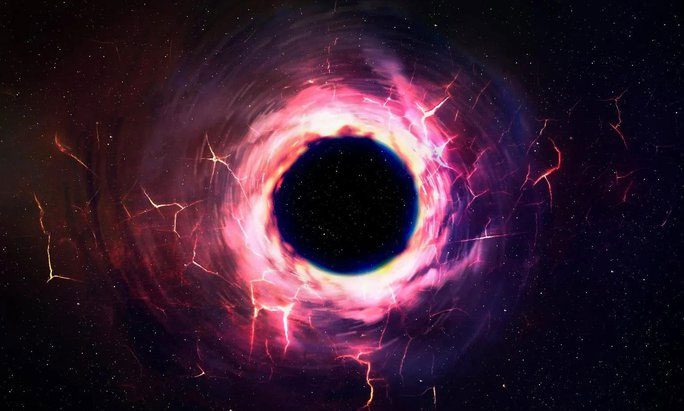American scientists have specifically identified the second supermassive black hole known to humanity, nearly as massive as Sagittarius A*.
Currently, it remains “invisible” to the eyes of Earth, but not for long – researchers from the Harvard & Smithsonian Center for Astrophysics (CfA) assert.
This “super” beast is named Leo I*, estimated to have a mass of 3 million times that of the Sun, making it only slightly smaller than the largest black hole for which humanity has provided solid evidence of existence – Sagittarius A*, which weighs 4 million times that of the Sun. Sagittarius A* is the central black hole of the Milky Way galaxy, which contains Earth and is considered a giant galaxy compared to similar celestial bodies.

Leo I* is a supermassive black hole – (Graphic from SCITECH DAILY)
According to SciTech Daily, the first clue about this monster black hole emerged in 2021 when another independent research team noticed stars accelerating as they approached the center of the dwarf galaxy Leo I. There have been several similar clues regarding various other monster black holes, but confirming its existence with 100% certainty is a long and challenging journey.
A significant challenge in bringing Leo I* out of legend is that a dwarf galaxy typically lacks enough gas to accumulate to a level that makes it “shine” with cosmic rays that telescopes can capture.
However, recent research shows that a small amount of mass it strips from surrounding stars also provides the necessary accumulation rate for observation. Surrounding it are massive red stars, which have strong stellar winds and often shed parts of themselves into the environment, effectively “offering” material right at the mouth of the black hole.
The researchers applied this search method during two observation campaigns using the Chandra X-ray Observatory and the Very Large Array radio telescope in New Mexico. The data is still being analyzed, and for now, the CfA authors can only provide a rough description of it, but they believe that in the near future, they will refine a true image – similar to what we have seen regarding Sagittarius A*.
This new research has just been published in the scientific journal Astrophysical Journal Letters.


















































